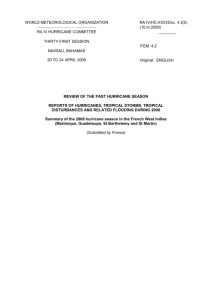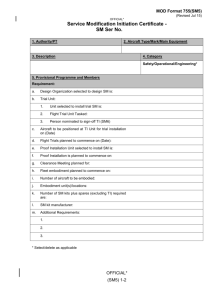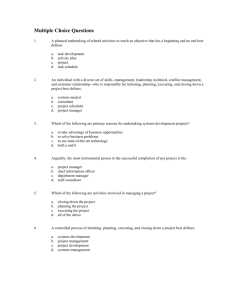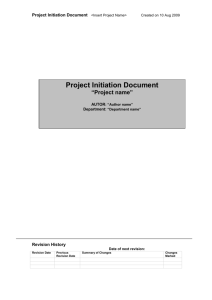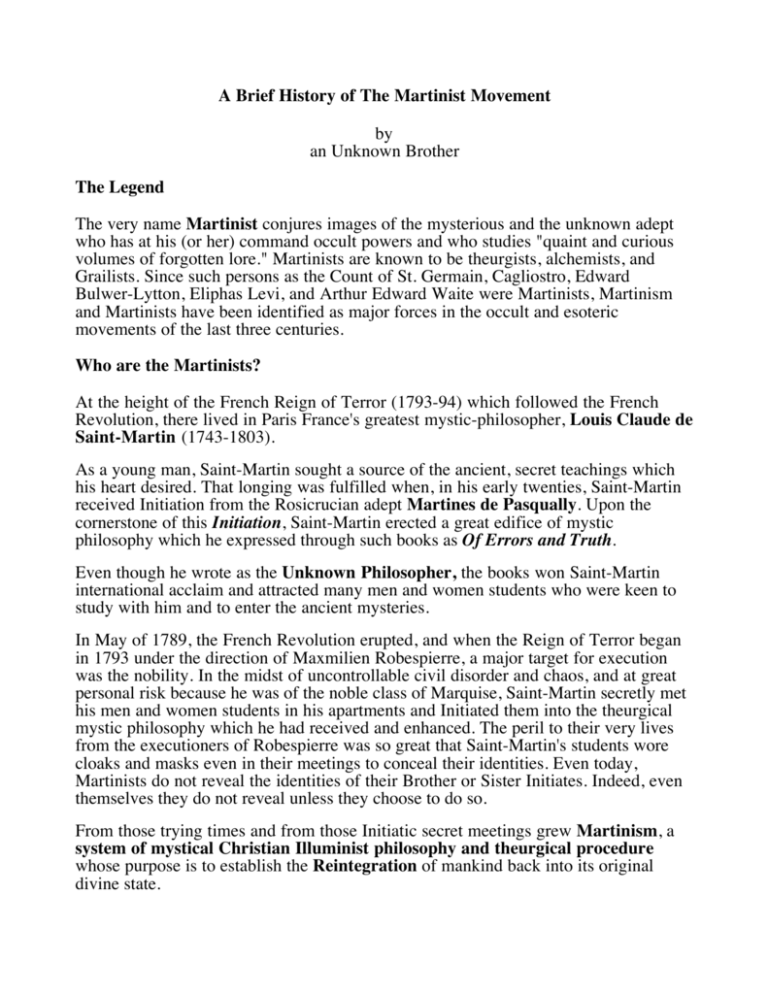
A Brief History of The Martinist Movement
by
an Unknown Brother
The Legend
The very name Martinist conjures images of the mysterious and the unknown adept
who has at his (or her) command occult powers and who studies "quaint and curious
volumes of forgotten lore." Martinists are known to be theurgists, alchemists, and
Grailists. Since such persons as the Count of St. Germain, Cagliostro, Edward
Bulwer-Lytton, Eliphas Levi, and Arthur Edward Waite were Martinists, Martinism
and Martinists have been identified as major forces in the occult and esoteric
movements of the last three centuries.
Who are the Martinists?
At the height of the French Reign of Terror (1793-94) which followed the French
Revolution, there lived in Paris France's greatest mystic-philosopher, Louis Claude de
Saint-Martin (1743-1803).
As a young man, Saint-Martin sought a source of the ancient, secret teachings which
his heart desired. That longing was fulfilled when, in his early twenties, Saint-Martin
received Initiation from the Rosicrucian adept Martines de Pasqually. Upon the
cornerstone of this Initiation, Saint-Martin erected a great edifice of mystic
philosophy which he expressed through such books as Of Errors and Truth.
Even though he wrote as the Unknown Philosopher, the books won Saint-Martin
international acclaim and attracted many men and women students who were keen to
study with him and to enter the ancient mysteries.
In May of 1789, the French Revolution erupted, and when the Reign of Terror began
in 1793 under the direction of Maxmilien Robespierre, a major target for execution
was the nobility. In the midst of uncontrollable civil disorder and chaos, and at great
personal risk because he was of the noble class of Marquise, Saint-Martin secretly met
his men and women students in his apartments and Initiated them into the theurgical
mystic philosophy which he had received and enhanced. The peril to their very lives
from the executioners of Robespierre was so great that Saint-Martin's students wore
cloaks and masks even in their meetings to conceal their identities. Even today,
Martinists do not reveal the identities of their Brother or Sister Initiates. Indeed, even
themselves they do not reveal unless they choose to do so.
From those trying times and from those Initiatic secret meetings grew Martinism, a
system of mystical Christian Illuminist philosophy and theurgical procedure
whose purpose is to establish the Reintegration of mankind back into its original
divine state.
In order to accomplish the task of Reintegration, the Martinist needs considerable
metaphysical knowledge and Theurgical abilities. Indeed, it is to his use of theurgical
powers that Saint-Martin attributed the fact that neither he nor his students suffered
from the hands of Robespierre's henchmen.
Saint-Martin's student-Initiates eventually became known as Martinists, men and
women Christian adepts who to this day have continued to transmit not only The
Initiation of Saint-Martin, but also his esoteric and theurgical instruction. By 1797, the
Martinists had become so widespread and influential that the reactionary Robespierre
supporter, C.-L. Cadet-Gassicort, in his book, Le tombeau de Jacques deMolay (The
Tomb of Jacques DeMolay, published in Paris in 1797), warned his fellow fanatics
(on page 91)...
Of these mysterious initiates--now become numerous, bold, conspiring--all
[conspiracy] was born: Jesuitism, magnetism, Martinism.....
The Teachings of Authentic Martinism
Martinism is a system of mystical Christian Illuminist philosophy and practice based
upon the transmission of an Initiation (called by Martinists The Initiation) and the
secret instruction and public writings of French philosopher Louis-Claude de
Saint-Martin (1743-1803). St. Martin's major published works include Of Errors and
Truth, The New Man, and The Spirit of Things. (See Waite's The Unknown
Philosopher for a complete bibliography of St.-Martin's works.) Saint-Martin was
initiated into the Order des Elus-Cohens, an esoteric and magical group founded by
Rosicrucian and Freemason, Martines de Pasqually (?-1774).
Saint-Martin eventually developed a preference for mysticism rather than for
Pasqually's medieval magical practice. Saint-Martin's system of Christian Illuminism
was derived from the Initiations he received from Pasqually and from the
transcendental writings of Jakob Boehme and other French, British, and German
mystics. Saint-Martin privately propagated his system by way of his personal initiation
and private instruction of his men and women students.
The Initiation Saint-Martin transmitted included the elements of Illumination,
enlightenment, and empowerment, as well as certain Rosicrucian elements. By the end
of the 18th century, Martinism and Rosicrucianism were closely identified, an identity
which continues into modern times. Saint-Martin's students eventually became known
as Martinists. After Saint-Martin's death in 1803, his students continued to teach and
initiate new students privately and independently, just as Saint-Martin had taught them
to do. Martinist topics of study in the 18th, 19th, and 20th centuries include Christian
mysticism, esotericism, theosophy, Kabbalah, Hermeticism, and related subjects.
The Martinist Initiation
Entrance into authentic Martinism has always been by way of private invitation to
receive in person The Initiation as it was received and conferred by Louis Claude de
Saint-Martin himself. This mysterious and secret Initiation is a ritual ceremony that, to
be valid, must be passed on from person to person in an unbroken line from
Saint-Martin himself. A true Martinist must be able to show that his or her Line of
Filiation has been transmitted person-to-person and without a break in the Line. The
Initiation confers powers and abilities which enable a Martinist to understand and
apply the ancient esoteric wisdom and theurgical processes taught by The Unknown
Philosopher. The goal is for the Martinist to develop and live a Christian spiritual life
and to become an adept in esoteric wisdom and practice, especially in Rosicrucianism.
Because the Martinist is theurgically empowered by The Initiation and because the
Martinist carries the secret wisdom and knowledge of the Adept, it is no surprise that
Martinism is considered by Initiates and non-initiates to be the very hub and spoke of
esotericism and mystical wisdom.
The First Supreme Council
In 1890-91, the respected French esotericists and theurgists, Pierre Augustine
Chaboseau and Dr. Gerard Encausse, formed the first Martinist Supreme Council
consisting of Gerard Encausse, Pierre Augustin Chaboseau, Paul Adam, Barlet,
Maurice Barres, Burget, Lucien Chamuel, Stanislas de Guaita, LeJay, Montiere,
Josephin Peladan, and Paul Sedir. Soon after the formation of the first Supreme
Council, Maurice Barres and Peladan left to develop Rosicrucian societies, and they
were replaced by Marc Haven and Victor-Emile Michelet. This Supreme Council
divided The Initiation into its four constituent parts, the Degrees of Associate,
Initiate, S.:.:I.:.:, and S.:.:I.:.:I.:.: (sometimes also known as the Unknown Philosopher
degree), and established Martinist groups with officers. Not all Martinists at first
entered the newly-organized Martinist Order, preferring to continue their independent
operations. To this day in Europe, one might still find a few independent free
Martinists.
Famous Martinists
Well-known members of the Martinist movement include Gerard Encausse, Augustine
Chaboseau, Sar Hieronymous (Emile Dantinne), Eliphas Levi, Lord Bulwer-Lytton,
the Compte de Saint-Germain, A.E. Waite, H.P. Blavatsky, John Yarker, J.I.
Wedgwood, Victor Blanchard, Honorè Balzac, Pamela Coleman Smith, Margaret
Peeke, Czar Nicholas II of Russia, and many others in the fields of government,
religion, literature, education, business, and the arts.
To Those Who Seek
The Martinists...admired by the wise...feared by the tyrant...persecuted by the
dictator...respected by the mystic...sought by the Seeker. Since the XVIIIth century,
the Martinists have been found at the very heart and center of esotericism and mystical
belief in all its various expressions. While the Martinist Order is not a secret society,
rarely do individual Martinists allow themselves to be seen directly; generally, only a
hint of their presence is noted. Yet always, their influence is great, and their charisma
is felt by those who know. Frequently are they discussed by the uninitiated who have
little knowledge or understanding of the Martinists or their abilities. Today, Martinism
flourishes, and its portals are still open to the Men and Women of Desire who wish to
exit the Forest of Errors and enter the Light to be found at the Gates of Mercy.
References
McIntosh, Christopher. Eliphas Levi and the French Occult Revival. New
York: Weiser, 1974.
Trophimus, A Martinist Treasury. Greeley, Colorado: St. George Press, 1991.
Waite, Arthur Edward. The Brotherhood of the Rosy Cross: Being Records of
the House of the Holy Spirit in Its Inward and Outward History. NewYork:
University Books, nd.
Waite, Arthur Edward. A New Encyclopedia of Freemasonry and of Cognate
Mysteries: Their Rites, Literature, and History. New York: Weathervane,
1970.
Waite, Arthur Edward. Saint-Martin: The French Mystic and the Story of
Modern Martinism. London: William Rider, 1922.
Waite, Arthur Edward. The Unknown Philosopher: the Life of Louis Claude
de Saint-Martin and the Substance of His Transcendental Doctrine.
Blauvelt, New York: Rudolph Steiner Publications, 1970.
Webb, James. The Occult Underground. LaSalle, Illinois: Open Court, 1974.
Rpr. 1988.
©1995, 1996 by The Rose+Croix Martinist Order, Inc. All rights reserved. This article may not be
reproduced or distributed in any manner without prior written permission of the copyright holder. You
may downloand and make one printed copy of this article for your personal archives.

